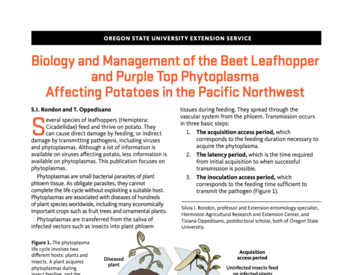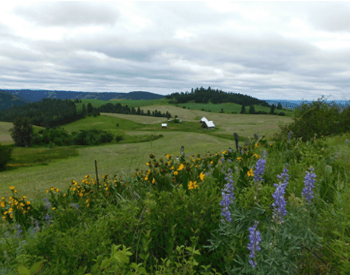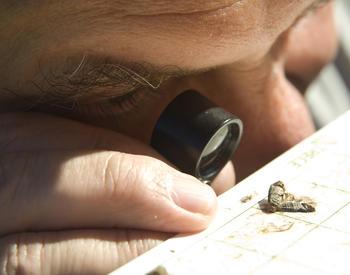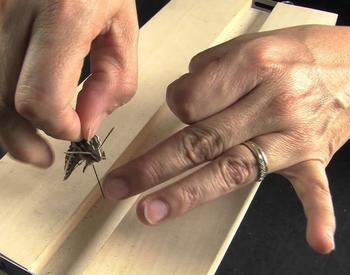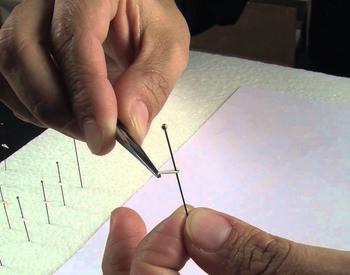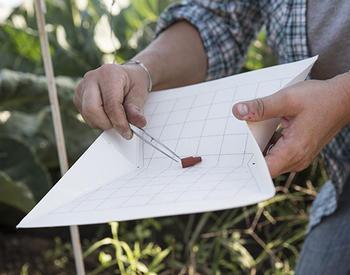I found this insect in my raspberry plant shedding its skin. Is it a cicada? I didn't know we had cicadas in Oregon.
We do have cicadas in Oregon. Cicada nymphs develop underground feeding on plant roots for a number of years, and the mature nymphs crawl out of the ground and molt to become adults that live above ground. What you photographed was a mature nymph that had crawled out of the ground and climbed your raspberry plant to molt and allow the adult form to emerge.
The cicada species we have take two to five years years to mature and become adults, but generations overlap, so some adults emerge every year. In contrast, the more famous periodical cicadas in eastern North America take 13 or 17 years to mature and become adults, but generations are synchronized so there are mass emergences of adults every 13 or 17 years, and adults are rare or absent in other years.
There are 30 cicada species from three genera known to occur in Oregon. Twenty-three of these are Okanagana species, plus there are five Platypedia species and two Neoplatypedia species. The Okanagana species make the buzzing sound you typically think of a cicada singing. The Platypedia and Neoplatypedia species do not produce the buzzing sound, but instead use their wings to make clicking sounds that attract mates.
Here are links to audiofiles of the sounds made by a few Platypedia/Neoplatypedia species:
Hope that helps!




